In the book Grasses of the Northern Forest, Jerry Jenkins and Brett Engstrom listed sweetgrass as Anthoxanthum hirtum. They provide the footnote “Anthoxanthum hirtum was long known as Hierochloe odorata; Anthoxanthum monticola was Hierochloe alpina. Hierochloe and Anthoxanthum are distinct in North America and many botanists still use the old names.”
The vast majority of information I’ve found on the plant is listed under the botanical name Hierochloe odorata, and that is what I choose to use on the site and on my tags. Prairie Moon – the source for my seeds – lists Anthoxanthum hirtum as the synonym, which is native to PA and believed to be extirpated in the state from the wild. This is not to be confused with Anthoxanthum odoratum, aka sweet vernal grass, which is an introduced weedy species and considered invasive by some.
Sweetgrass is a sacred plant that unifies us as people
Many American indigenous people consider this plant to be one of the four sacred plants, detailed in the book Braiding Sweetgrass by Robin Wall Kimmerer. Polish people know this plant thanks to it being a major ingredient in making Żubrówka (a vodka flavored with it). Russians drink tea brewed from sweetgrass. Members of the Sami in the Scandinavian region of Europe know this as well, which they harvest and braid. Folk tradition in other parts of Europe call this holy grass, and would spread it on the church floors on holy days. Sweetgrass spreads its roots across the northern hemisphere, braiding our cultures together in shared significance.
Sweetgrass needs to be harvested
In Braiding Sweetgrass, Kimmerer details an experiment done by one of her graduate students over a period of two years, adding scientific validity to Indigenous knowledge. If you’d like to read up on the study, you can find it in the chapter “Mishkos Kenomagwen: The Teachings of Grass.” At the end of the experiment, her graduate student Laurie showed that regular harvesting of 50% of the grass helped the population to thrive. The control populations that were not harvested were in decline. Is it any wonder that wherever it grows, this plant has a history of a relationship with humans? It’s as if there are plants with which we have close associations, ones that have evolved to include humans as part of the ecosystem.
What to do with the harvest?
If you know any indigenous basket makers or groups that need sweetgrass for braiding, you can share this as a gift. You may also invite them to harvest it themselves, so they do so in accordance with their beliefs. In sharing this gift with others, your patch would flourish, as well as your human connections. You can braid it yourself and use it to scent your personal spaces. Learn how to make little hand baskets, or tiny woven ornaments to attach to gifts or hang from a tree. Burn it as incense – which would be far more meaningful coming from a plant you care for than commercially sold smudge sticks. You can occasionally try drinking it as a tea (read up on the coumarins first). As always, do your research before deciding to consume anything.
How does Sweetgrass grow?
From a visual standpoint, Sweetgrass doesn’t have much in the way of what most consider “ornamental features.” What makes this special is the fragrance, present from the moment it emerges from winter sleep until the frosts send it underground, rivaling any other fragrant foliage one might find. Physical touch unlocks this scent. Plant it as a green mulch in your flower beds, among the other flowers. While Sweetgrass does spread and fill in, it is unlikely to outcompete any other established plants.
You don’t need a wetland to grow this plant!
Something I like to do if I have enough of something is to experiment with it. I do not baby my plants, and I’ve certainly killed my fair share over the years. While I don’t try to kill my plants, I believe they’re adaptable to far more than we think, so I try to figure out their limits. Sweetgrass doesn’t seem to have any as of yet. Some are growing in a typical sunny and mulched garden bed that gets afternoon sun. They’re growing in light shade in a consistently moist bed against the house. I have them growing in pots that are hanging from a stand next to my deck which I’d consider part sun to light shade. They survived last year’s drought, even drying out a bit. The recent icy winter had no impact on them. Some are flowering, and most have more shoots coming out of the drainage holes.
Do animals eat it?
I have not really had any issues with animals eating my sweetgrass. At one point some deer had browsed a few of the plants, but they didn’t get very far. The plants smell very sweet but are also bitter in taste and have an appetite suppressant effect. If they forage a bit, they won’t get very far, and it ends up helping the plants similarly to harvesting it. If I happen to see them browsing it, I will update the listing. From what I read, they aren’t particularly attracted to this plant.
Genetic diversity
You might notice that I have a numbering system on these plants. Sweetgrass isn’t known to produce seed readily, and I wasn’t sure if this was due to being self-incompatible. The numbers refer to individual seed-grown plantlets that I potted up and divided. If you get a small sweetgrass, that’s just one of the divisions from one of the plants, numbered 1-6. The larger pots have two genetically different plant divisions, in case you wanted to try collecting seed from them.
Unusual honeybee behavior
Something I observed last year was honeybees all over my potted grass. This wasn’t thirst – I would water all my plants, but they were only attracted to the soil of sweetgrass. I also did not observe honeybees on my flowers, though there were plenty of native bees. My guess is the coumarins released by sweetgrass were far more attractive to them than collecting nectar/pollen. I’ll have to keep watching, but I’m wondering if this may be an effective decoy to keep honeybees off your native plants.
Honeybees are a livestock, not native to the US, and not the bees we are trying to save. There are some studies showing they have a negative impact on our native bee population. I personally have nothing against honeybees and enjoy their honey, but I’m not growing these plants to feed someone else’s beehive. While bees can and do travel vast distances to obtain food, beekeepers need to garden, too. Please be a responsible beekeeper if that’s something you wish to do.

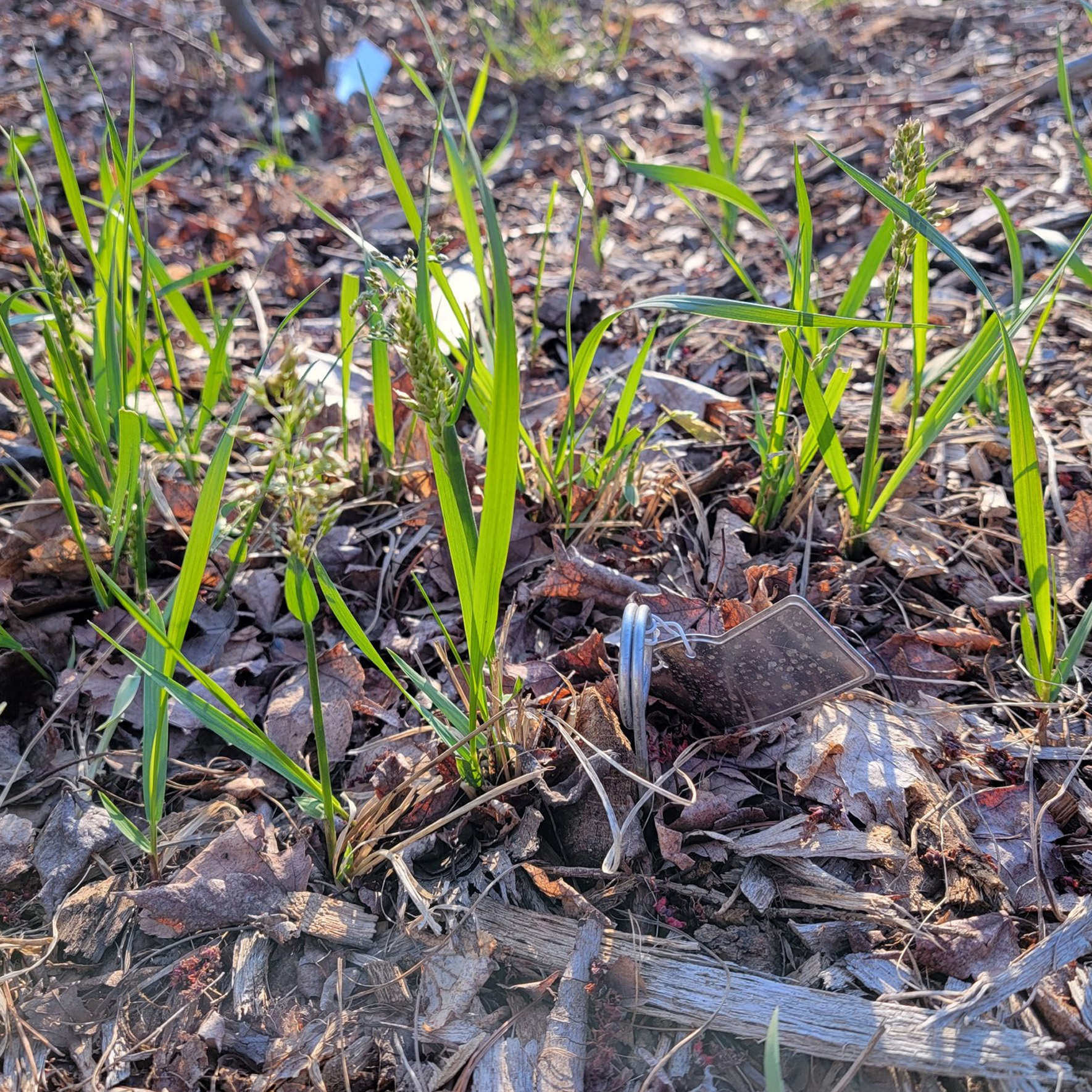
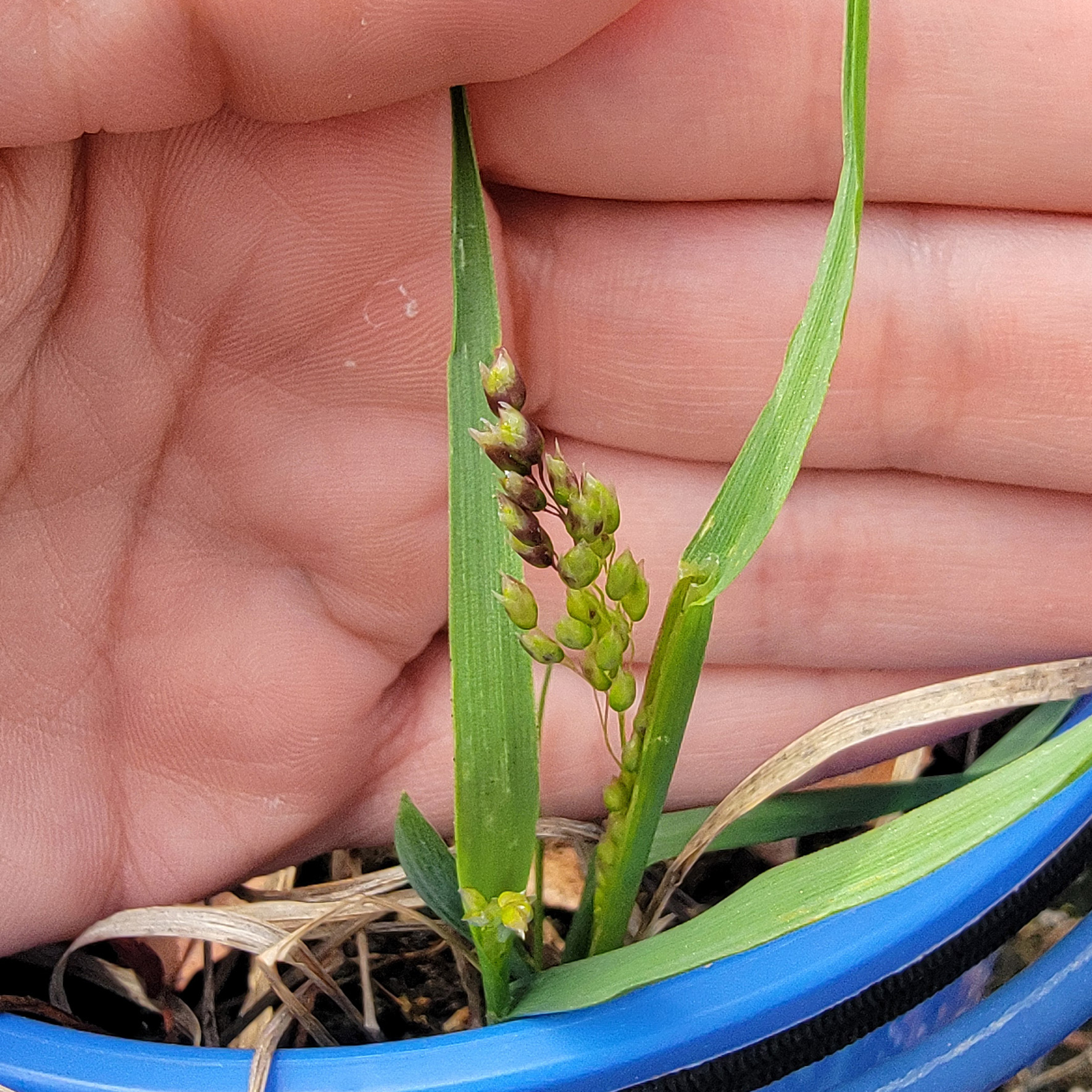
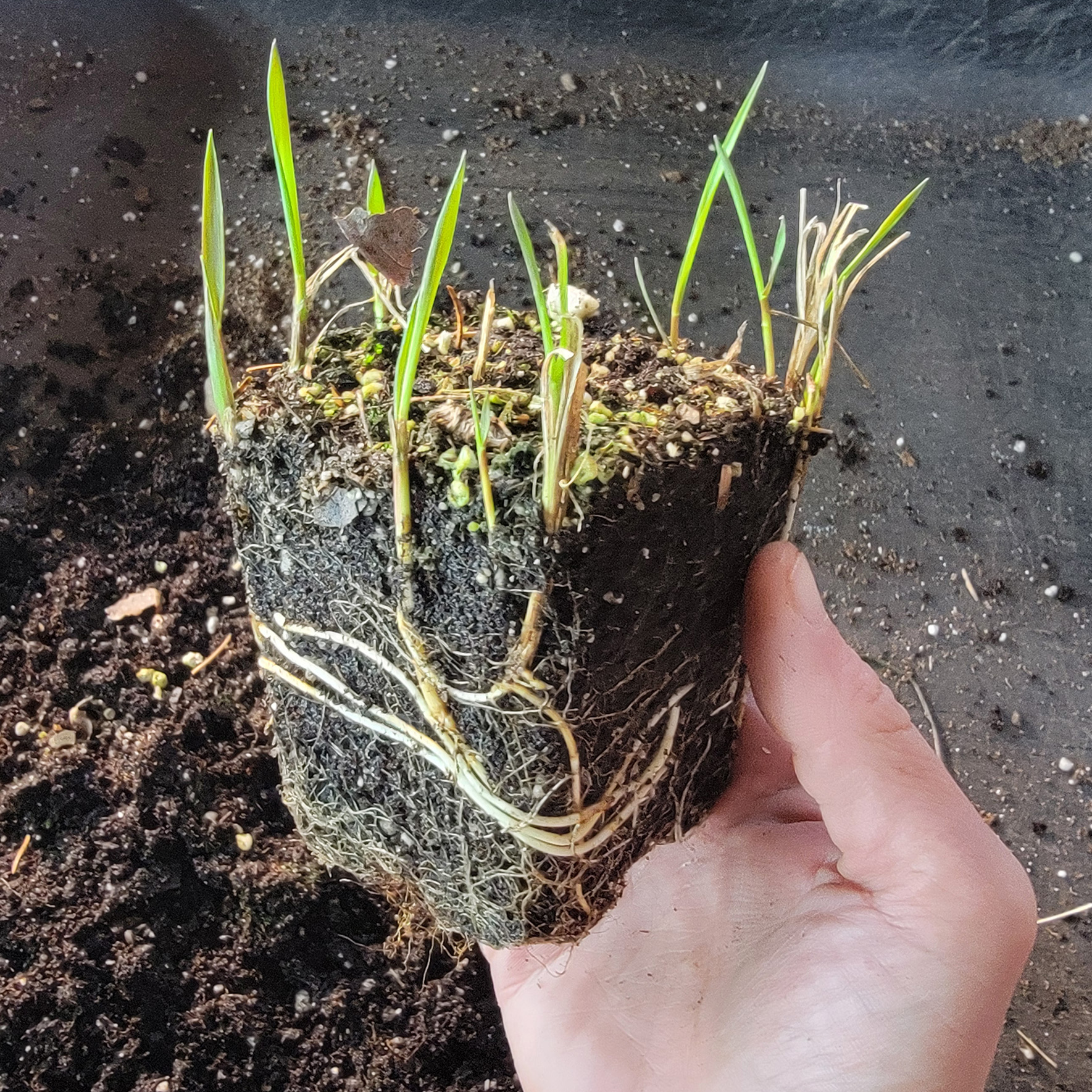

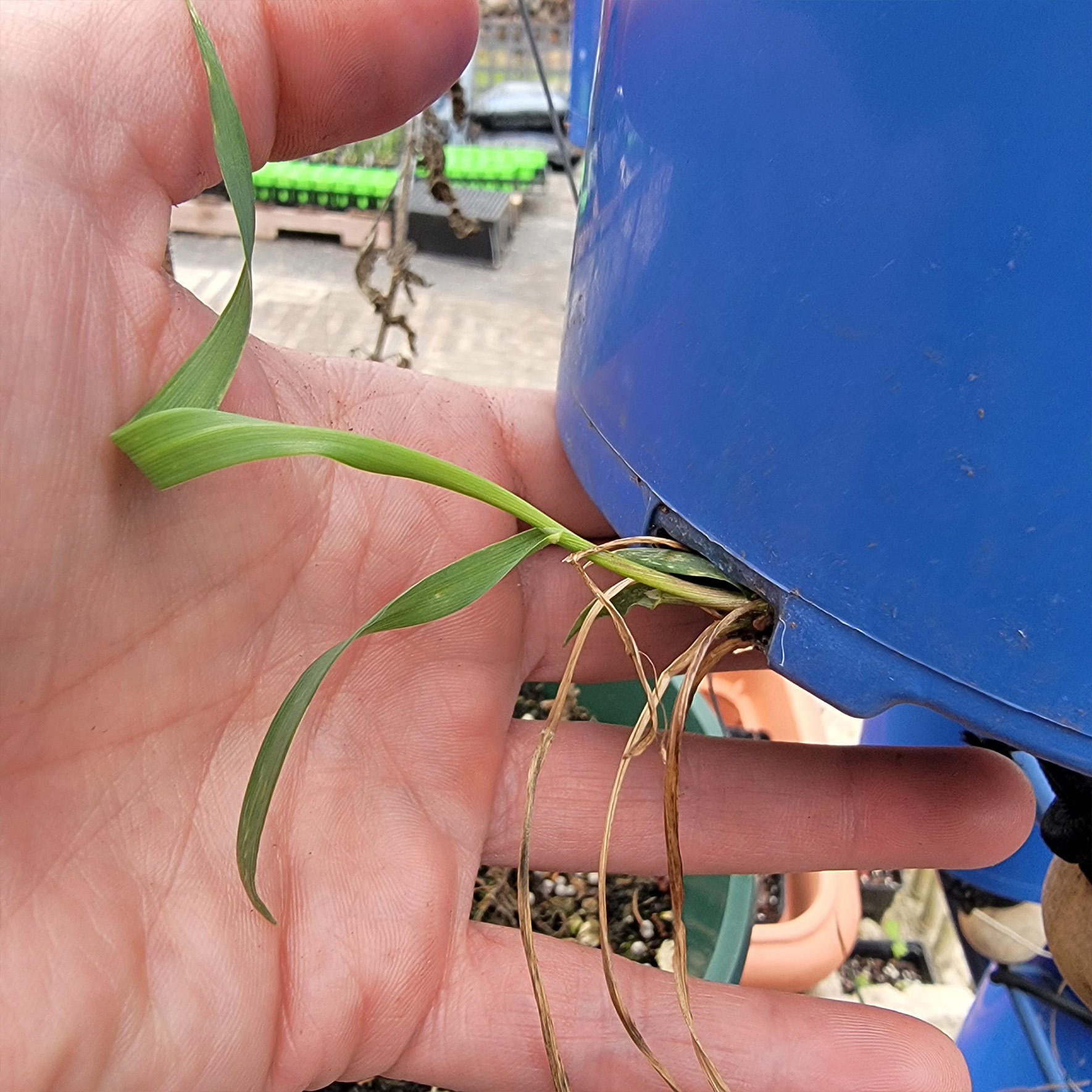

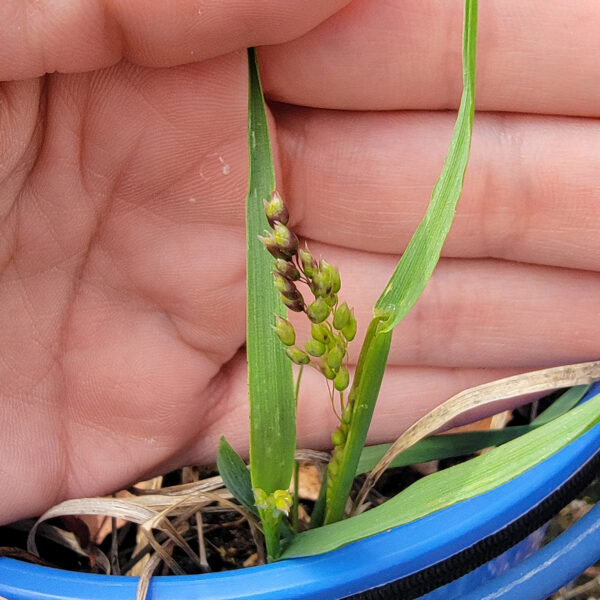
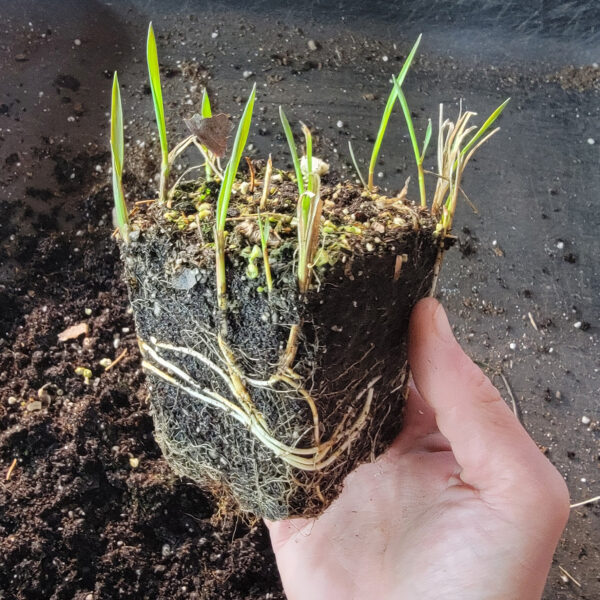

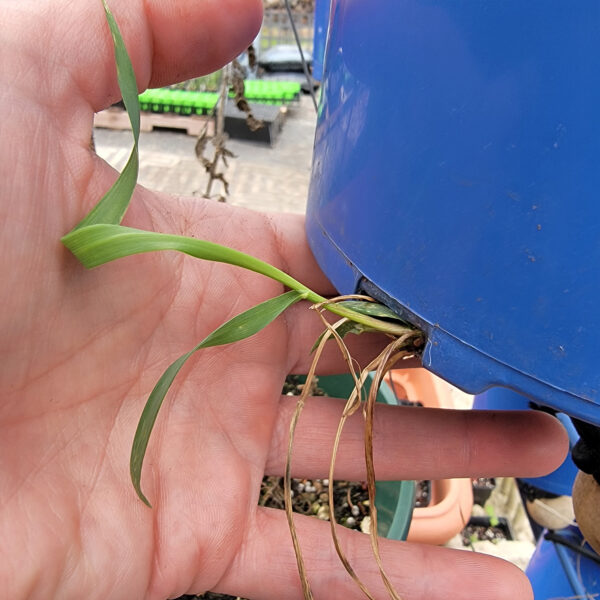
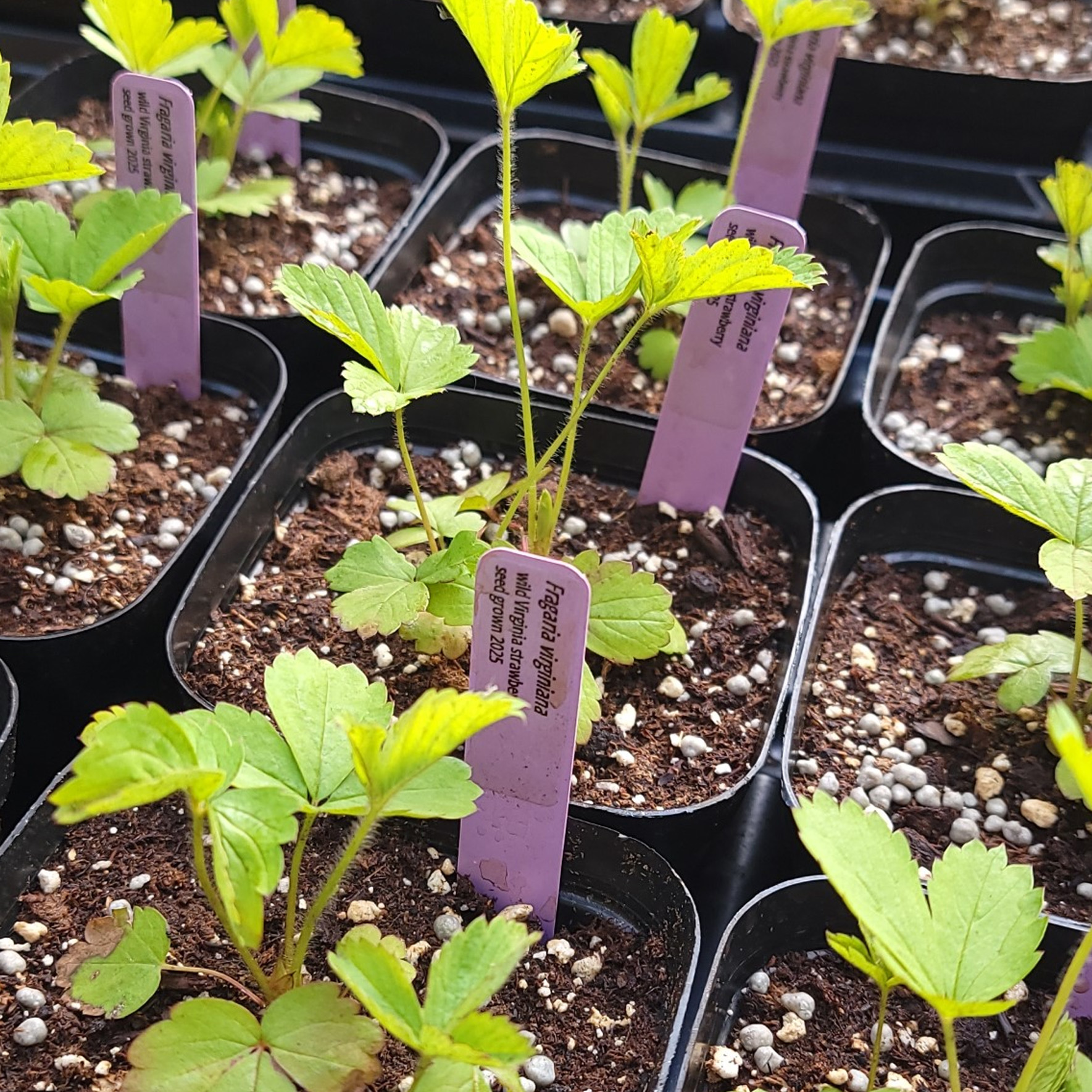





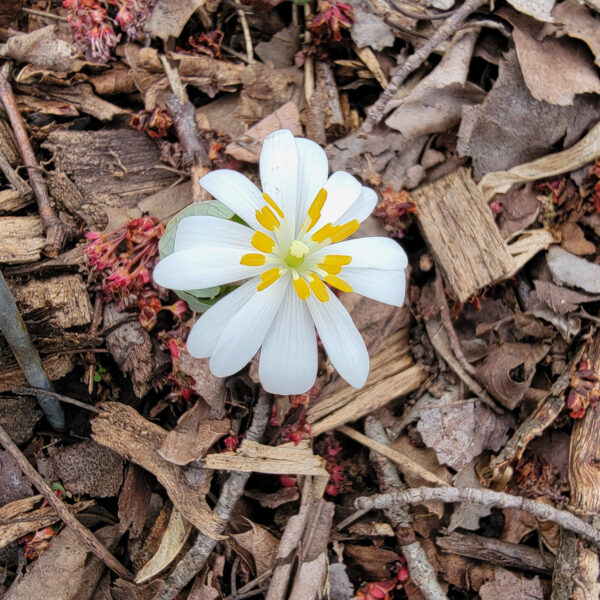






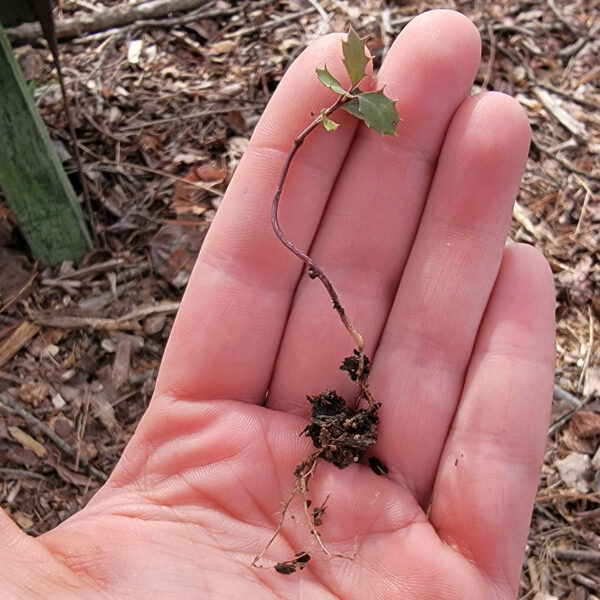




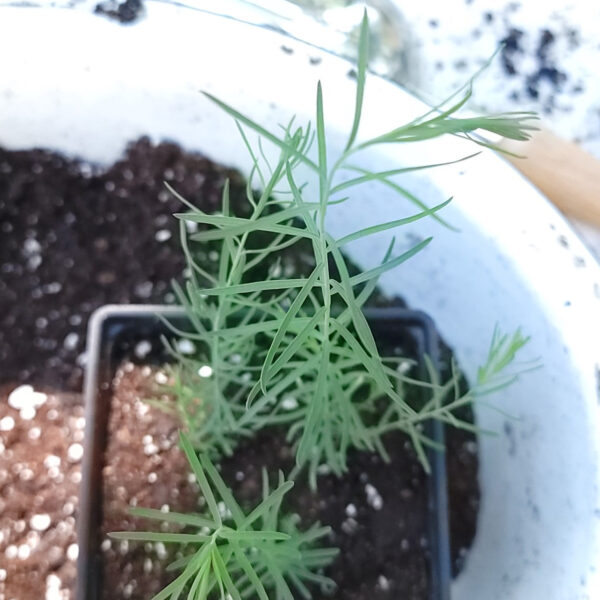
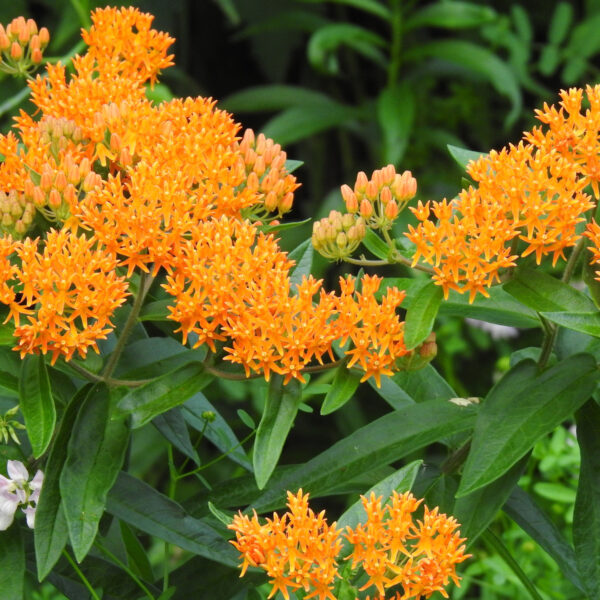


Reviews
There are no reviews yet.